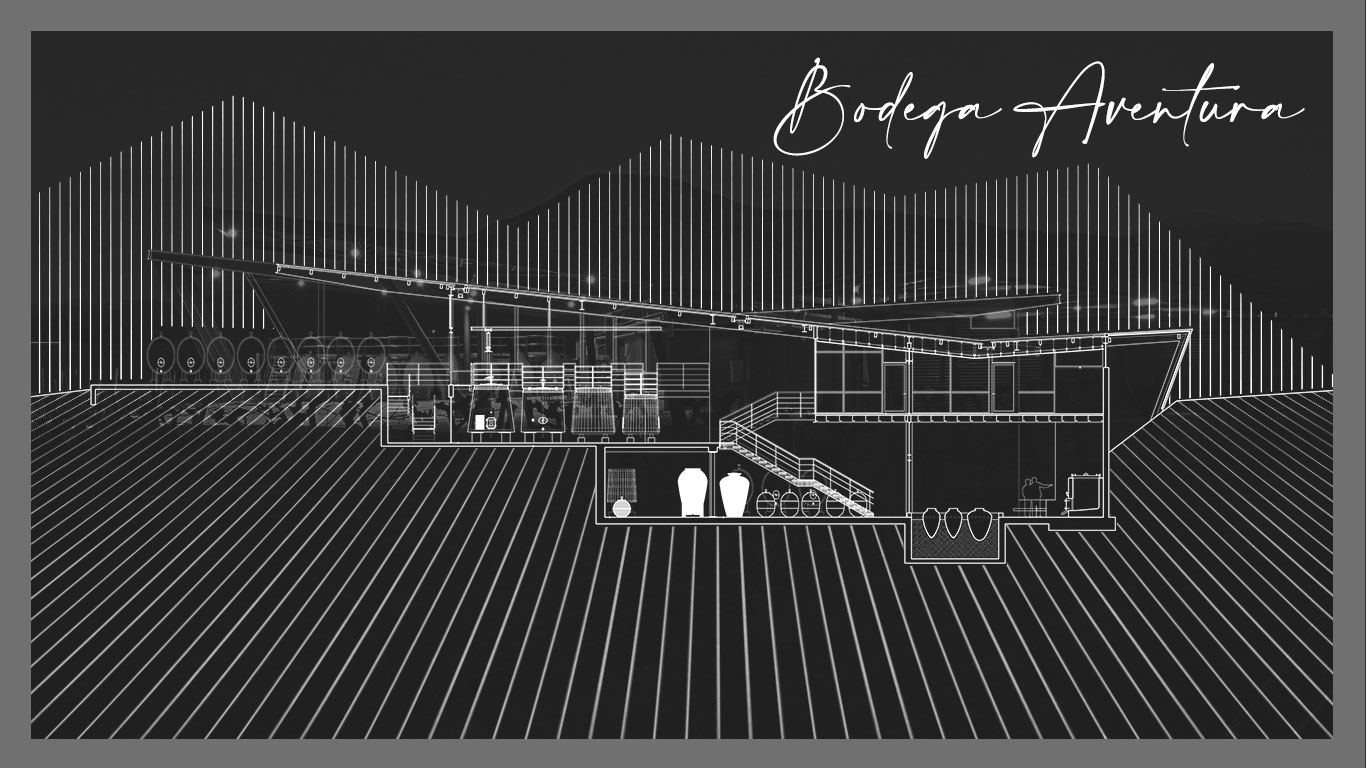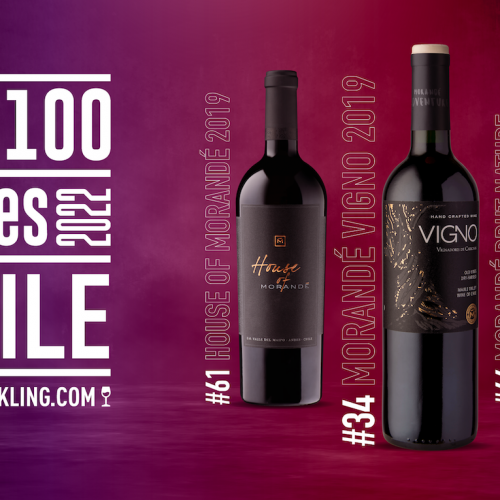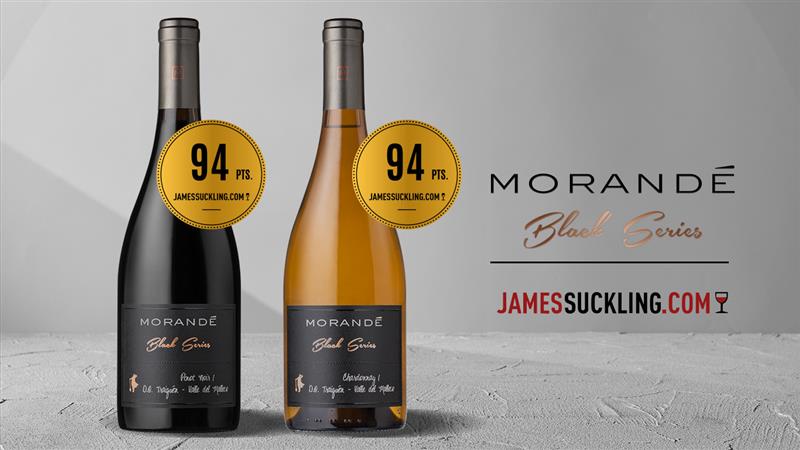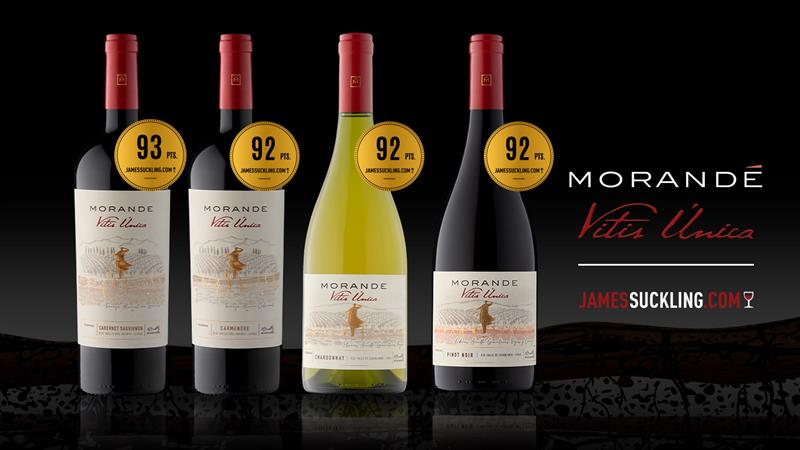
25 May CURIOSITIES OF BODEGA AVENTURA DO YOU KNOW WHAT ARE THE ELEMENTS MOST USED IN THE ELABORATION OF OUR WINES?
The creation of our Bodega Aventura has meant an important milestone, not only because it brings together in one place the highest technology to experiment with new varieties, test winemaking, fermentation and aging techniques, as well as test cutting-edge methods, but also, above all because it is a project that allows the world to be shown the pioneering and entrepreneurial spirit that has always characterized Viña Morandé.
This is how our Aventura Winery has come to promote work that we have been doing for years, researching and experimenting with different strains and winemaking methods. A space that is very much in line with the work methodology that we have implemented years ago, where we seek, together with the oenological team and viticulturist, to create unique and unrepeatable wines.
One of the wine lines that is completely produced in this winery is Morandé Adventure and today I want to tell you about the key elements that we use in its production.
First, there are the cement eggs. These are deposits where the wine receives good oxygenation without contributing sweet flavors or aromas, as is the case with wood. The relatively thick walls of the cement cushion the differences in temperature with the outside without concentrating the heat in a highway, which allows smooth and continuous fermentations to be achieved. In this way, and thanks to its almost spherical shape and the temperature differences generated inside, the wine circulates laterally and vertically, keeping the lees in slight suspension. This gives a sensation of greater volume in the mouth and an outstanding purity of aromas.
Our most diverse grapes are housed in these cement eggs, from Pinot Noir from Casablanca, Cinsault from Itata and País de Maule to Petit Verdot, Petite Sirah, and Syrah, not forgetting the marc fermentations from Marsanne and Roussanne.
Likewise, inverted eggs are another element widely used in the Adventure line. These inverted egg-shaped cement tanks are an evolution that we have used for white varieties in which we do not need to have a gentle extraction of the skin components, but a work of cloudy must and fine lees, whose shape of this vessel facilitates, partly thanks to the micro-oxygenation generated in the upper part (wider). In them, we make the fermentation components with pomace and high turbidity must for Chardonnay and Sauvignon Blanc.
The lagar, for its part, is a large cement container, like a small pool, which is used to ferment grapes. It is the oldest and most traditional method of fermentation, using the feet to step on the clusters and thus gently extract the juice. Due to its shape, it facilitates manual work with the pomace and a high level of ventilation and release of both CO2 and the temperature produced during fermentation. Due to its extensive contact with air, short macerations are favored, focused on fruity wines, ideal for varieties with an important tannin structure, promoting finer and more melted tannins. In our winery, the presses are used for the País strains from Ránquil and Melozal, as well as Carignan, which is later used to make Vigno.
Finally, the last element most used in the elaboration of Morandé Adventure are the jars or open top. These are ideal for fermenting small to medium plots of red wine. Its operation is based on the fact that the carbon dioxide produced by the yeast during alcoholic fermentation acts as a protective blanket over the wine, in addition to allowing stomping for a smoother extraction of the skin compounds and a more effective polymerization of the tannins. and fixing the color of the wine. In them, we ferment grapes such as Garnacha, Carignan, Cabernet Franc and Mourvèdre and part of the Cabernet Sauvignon from Ránquil.






